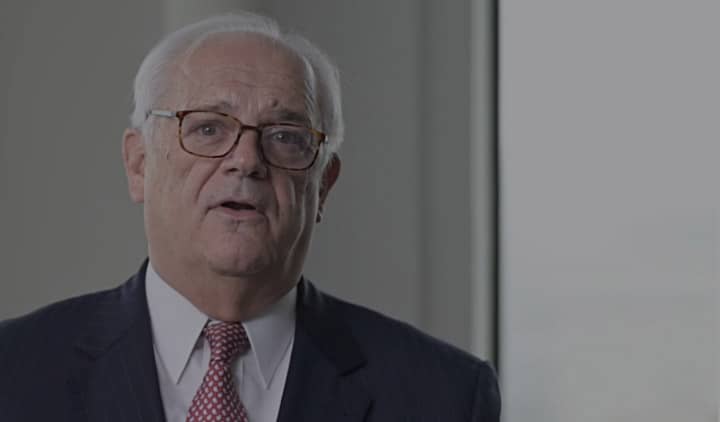Richard H. Schoenberger, Douglas S. Saeltzer and Jeffrey A. Clause recently obtained an $11,100,000 mediated recovery on behalf of a 6-year-old boy and two surviving heirs of his deceased grandmother following a tragic auto versus pedestrian crash. The boy and his grandmother were crossing the street in a marked crosswalk when they were struck by a hit-and-run driver. The young plaintiff sustained severe orthopedic injuries and a traumatic brain injury. He spent more than 50 days in the hospital. His grandmother sustained fatal blunt force trauma. She was survived by her two adult children.
The Walkup team argued that the underinsured hit-and-run driver, as well as the city which maintained the crosswalk, were both substantial factors in bringing about the tragedy.
As to the public entity which paid $11,000,000 of the settlement, Rich, Doug and Jeff demonstrated that the marked crosswalk located at a multi-lane, high speed, high traffic volume and uncontrolled intersection, negligently created a false sense of security which allowed pedestrians to feel safe in the absence of stop signs or stop lights. Several months before the collision the City had conducted a pedestrian traffic study of the intersection and confirmed that the marked crosswalk was potentially dangerous and actually increased the pedestrian crash risk. As a result, the City undertook to remove the marked crosswalk by attempting to grind out the painted markings. But the removal was negligently carried out – with the crosswalk remaining visible in the form of distinct grind marks and remnants of the white thermoplastic. Making matters worse, the City removed advanced pedestrian crossing warning signs as part of the removal project in violation of its own Design and Procedures Manual. Thus, not only did the marked crosswalk arguably remain visible, but necessary warnings to drivers were eliminated.
Relying on a published federal study and the municipality’s own Pedestrian Crossing Guidelines, the Walkup team successfully survived summary judgment arguing that the defendant took an intersection that it knew was dangerous, and effectively made it even more dangerous. Had the City completely removed the crosswalk and left the warning signs in place, the young boy would not have been injured and his grandmother would still be alive today.
The case resolved at mediation shortly before trial. It is believed to be one of the largest pretrial dangerous crosswalk settlements in Northern California history.


